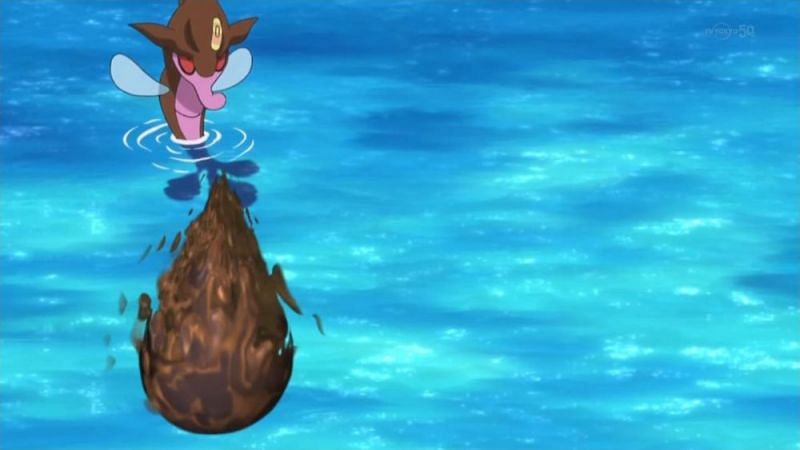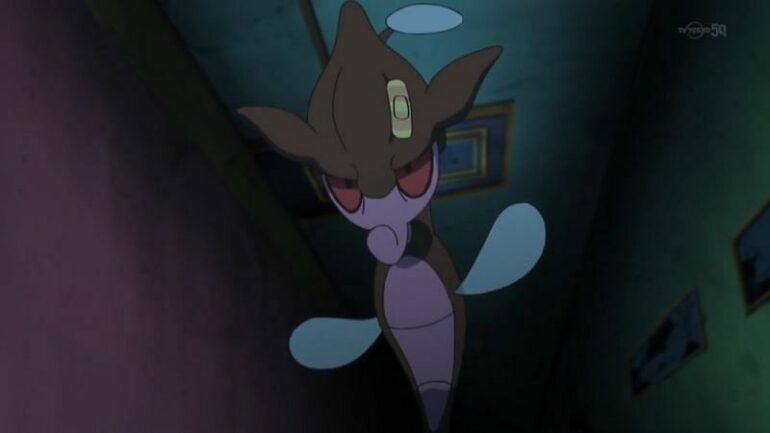Pokemon Go – There are huge areas underwater that are not discovered by humans. As they remain in areas out of reach of humans, there are greater probabilities of finding a lot of unseen and unknown monsters inside the huge water bodies. In Pokemon, many of the creatures are inspired by the real-life aquatic animals that dwell deep inside the water bodies.
Though there are a lot of Pokemon already in the PokeDex, still in two more are added to the list. Skrelp is such an example that is found underwater mimicking underwater foilage like seaweed. Just like any other Pokemon, Skrelp would also come attracted towards you through a lure. Here is a guide to give you an idea of where to find a Skrelp and how to catch it in Pokemon Go.
Rivals’ Week Event in Pokemon Go:
This week’s event in Pokemon GO is the Rivals’ Week event. This even includes both Skrelp and its rival Clauncher. These two Pokemon have been added to the PokeDex permanently. Thus, they can be found more frequently as of now than they used to be in the past.

They can be easily found roaming in the wild. And in large numbers. They are Poison/ Water-type Pokemon’s and are found mainly in large water bodies like ponds or oceans. They can also be found in industrial areas. A lure is enough to boost the spawn rate and attract the straight towards you. So, with the boosted spawns, you may be able to get a lot of Skrelps.
How to Catch Skrelp in Pokemon GO:
For people who don’t live near a water body, there are ways for you also to find Skrelps. The Rivals’ Week allows you to have a special Field Research Task in which you have to accomplish in a single raid. If you are successful in a raid, then you may get a Clauncher or a Skrelp in your vicinity as a reward. Keep on doing raids and you will be able to see more of them on your map.

The Skrelp headed raids, like the wild spawns will also be boosted until Rivals’ Week which ends on 18th April, Sunday. You may also go on to check your raid to see if any Skrelp raid ia going on in your area so that you can catch one and the same. You may catch them in water bodies also if you live near a large source of water like a pond or ocean.




